Disclosure: This article contains affiliate links. We may earn a commission from purchases at no extra cost to you, which helps our travel content.
The rhythm of my running shoes hitting Toronto's pavement couldn't be further from the crisp Siberian air that filled my lungs last summer in Irkutsk. There's something about cities with deep imperial histories that makes my marathon-trained legs itch to explore every corner, every hidden alleyway. Irkutsk – often called the 'Paris of Siberia' – isn't on most Western travelers' radar, but this gem along the Trans-Siberian Railway offers a weekend's worth of architectural wonders that won't drain your wallet. As someone who's navigated everything from Bangkok's chaotic streets to Ethiopia's highland paths, I found myself captivated by how Irkutsk's wooden lace carvings and orthodox domes tell stories of exiled aristocrats, gold-rush merchants, and the collision of European elegance with Siberian resilience. Grab your walking shoes – we're about to trace the footsteps of Russian history without the Moscow price tag.
The Wooden Wonders of 130 Kvartal
My first morning in Irkutsk began with what I call a 'reconnaissance run' – a slow 5K to get my bearings before the real exploration begins. The sun was barely cresting over the Angara River when I found myself in 130 Kvartal (Quarter), where restored wooden buildings from the 18th and 19th centuries stand like an open-air museum.
These aren't just any wooden structures – they're intricate masterpieces with elaborate carvings that local guides call 'wooden lace.' Each facade tells the story of the merchant or aristocrat who commissioned it, many of them political exiles sent to Siberia who brought European architectural sensibilities to this remote frontier.
What struck me most was how the morning light played across the detailed window frames – each one unique, like album covers in a vintage record shop. I couldn't help but think of the Ethiopian monasteries I'd visited years before, where each carved wooden door contained symbols and stories meant to be read by those who knew the language of the craft.
While tourists flock here during midday, the early morning offered a meditative silence broken only by the occasional local heading to work. I found myself sitting on a bench, sipping tea from my insulated travel mug, watching the city wake up around these wooden time capsules.
By afternoon, the area transforms into a lively district with cafes and artisan shops. I stumbled upon a small record store tucked between souvenir shops where the owner – a gray-haired man named Viktor – played vinyl records of Soviet-era Siberian folk music that sent shivers down my spine.
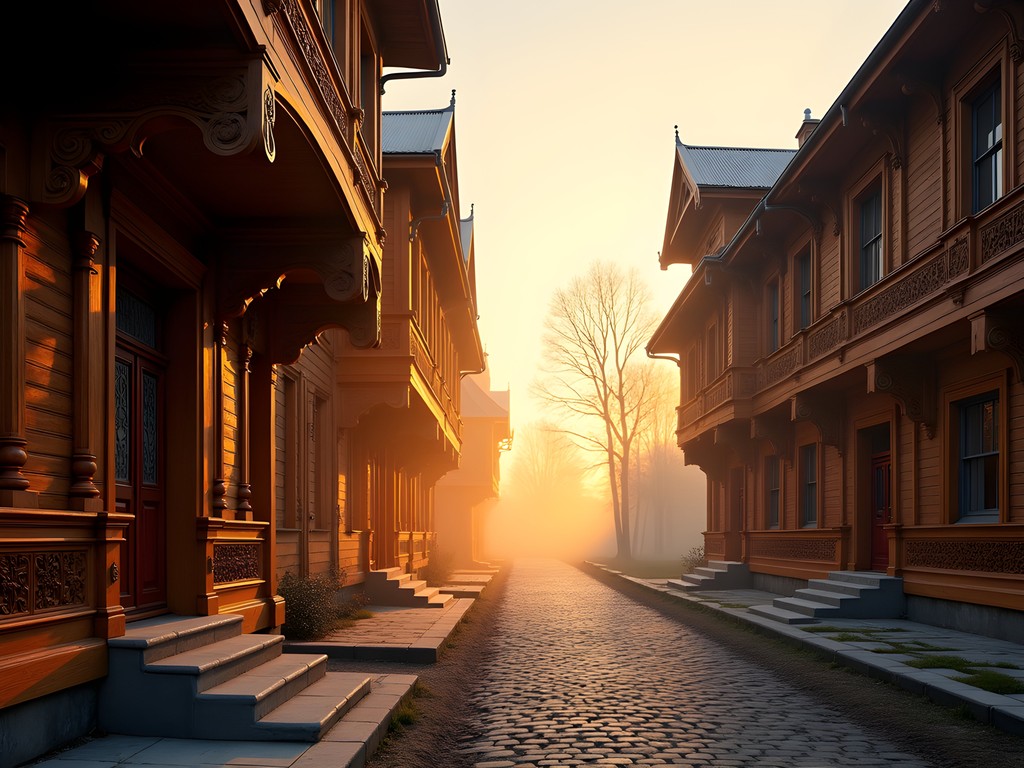
💡 Pro Tips
- Visit 130 Kvartal at sunrise for photographs without crowds
- Look for the blue house with intricate bird carvings – it belonged to a tea merchant with connections to China
- Many buildings have informational plaques in English if you look carefully
Sacred Spaces: The Churches of Irkutsk
If 130 Kvartal represents Irkutsk's merchant wealth, its churches embody the city's spiritual heart. My second day began with a visit to the Church of Our Savior, Irkutsk's oldest stone building dating back to 1706. The structure stands as a testament to the resilience of faith through Siberia's harsh conditions and political upheavals.
What makes Irkutsk's churches unique is their blend of traditional Russian Orthodox architecture with regional Siberian elements. Unlike the golden excess of Moscow's cathedrals, there's a frontier practicality here, yet still with moments of unexpected beauty.
The Epiphany Cathedral particularly moved me. As someone who's spent hours in meditation at monasteries across Southeast Asia, I found a similar contemplative energy here. The interior's blue ceiling dotted with golden stars created a cosmic effect that reminded me of a night run I once took through a Thai forest temple complex – that same sense of being simultaneously grounded and connected to something vast.
I was fortunate enough to hear choir practice at the Cathedral of the Immaculate Heart of Mary (the Polish Catholic Church) – a rare counterpoint to the Orthodox tradition and evidence of the city's diverse exiled communities. The acoustics were incredible, and I found myself closing my eyes, letting the sound wash over me like the rhythm of footfalls during a marathon's final miles.
Between church visits, I relied heavily on my pocket translator to understand historical placards and chat with local caretakers, who often have the best stories about each building's history and significance.
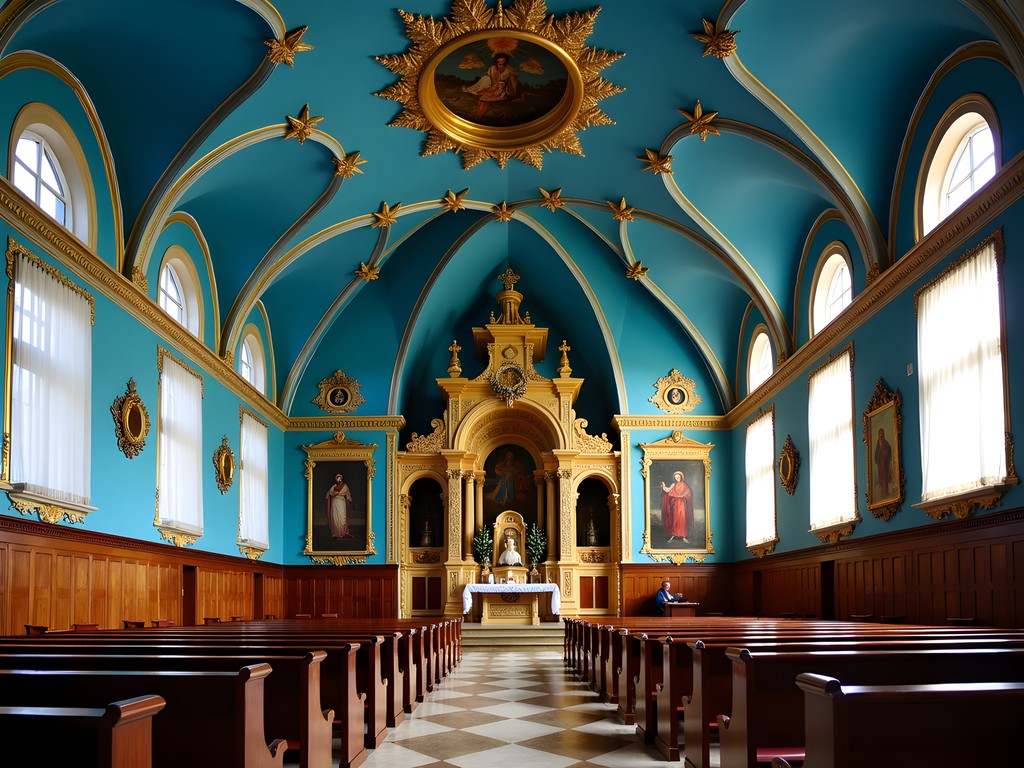
💡 Pro Tips
- Visit churches during services for the full sensory experience, but be respectful of worshippers
- Women should bring a scarf to cover their heads when entering Orthodox churches
- The Znamensky Monastery houses the grave of the 'Russian Columbus' – explorer Grigory Shelikhov
Following the Decembrists' Footsteps
My fascination with Irkutsk deepened when I discovered the Decembrist story – a tale that resonates with anyone who believes in standing up for one's principles. These aristocratic rebels attempted to overthrow Tsar Nicholas I in December 1825 (hence their name) and were exiled to Siberia for their revolutionary ideals.
Instead of finding punishment, they transformed Irkutsk into a cultural center. Their story reminds me of conversations I've had with marathon runners who found their true calling after life-changing setbacks.
The Volkonsky House-Museum became my afternoon sanctuary. This wooden mansion belonged to one of the most prominent Decembrist families, and walking through its rooms felt like stepping through a portal to 19th-century Russian aristocratic life, transplanted to the Siberian frontier. The piano in the main salon reportedly hosted impromptu concerts that introduced Western classical music to the region.
What truly captivated me was the love story of Princess Maria Volkonskaya, who abandoned her privileged life to follow her exiled husband to Siberia. Her letters and diaries, portions of which are translated in the museum, reveal a woman of extraordinary courage and devotion.
I tracked my walking tour using my fitness tracker and was surprised to find I'd covered nearly 15km that day alone, lost in the historical narrative that unfolded with each house and memorial.
Nearby, the Trubetskoy House-Museum offers another perspective on Decembrist life. What struck me most was how these exiles created a community of intellectual discourse and cultural refinement in what was considered the edge of the civilized world – a reminder that meaningful connection can happen anywhere.
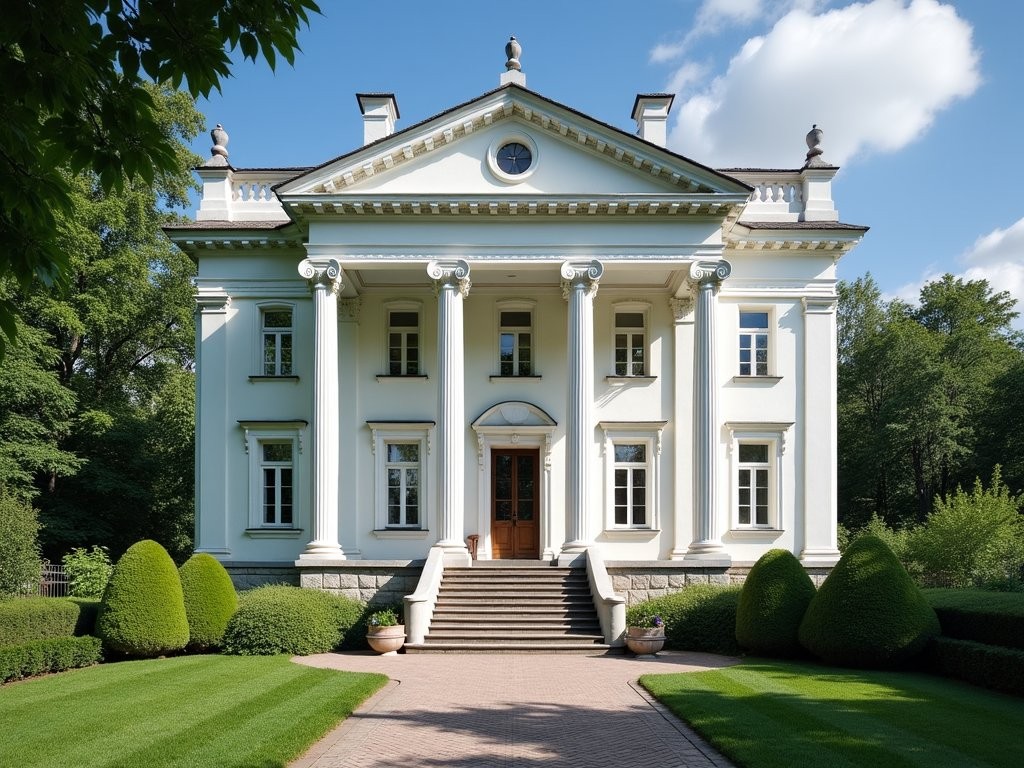
💡 Pro Tips
- Purchase the combined ticket for both Decembrist house-museums to save money
- The English audio guide at the Volkonsky House is worth the extra fee
- Visit the small garden behind the Volkonsky House where Maria grew flowers from seeds sent by her family in European Russia
The Green Line: Irkutsk's Self-Guided Budget Hack
One of my favorite budget travel hacks in Irkutsk is following the 'Green Line' – a literal green line painted on sidewalks that connects 30 major historical sites across the city center. It's like having a marathon course laid out for you, but instead of water stations, you get cultural checkpoints.
I dedicated my final day to following this path, which begins at the Angara River embankment near the Monument to the Founders of Irkutsk. The 5km route winds through the historical heart of the city, connecting everything from merchant mansions to Soviet monuments.
What makes the Green Line special is how it reveals the layers of Irkutsk's identity – from its indigenous Buryat influences to its days as a Cossack outpost, from merchant wealth to Soviet industrialization. It's like listening to a concept album where each track builds on the previous one to tell a complete story.
My favorite discovery along the route was the Irkutsk Regional Memorial Decembrists Museum, housed in the former Prince Trubetskoy estate. Unlike the larger Volkonsky House, this more intimate space focuses on the everyday objects that connected these political exiles to their former lives – letters, furniture, personal items that humanize historical figures in ways textbooks never could.
I tracked the entire walk using my smartphone and a portable power bank to keep my battery from draining while using GPS and taking photos. The afternoon sun cast long shadows across the wooden buildings, creating dramatic lighting that made even amateur photographers like myself look talented.
What struck me most was how few international tourists I encountered along this route. While Russian families and school groups followed the green path, I often found myself the only foreigner appreciating these historical treasures – a reminder that some of the world's most fascinating destinations remain relatively undiscovered.
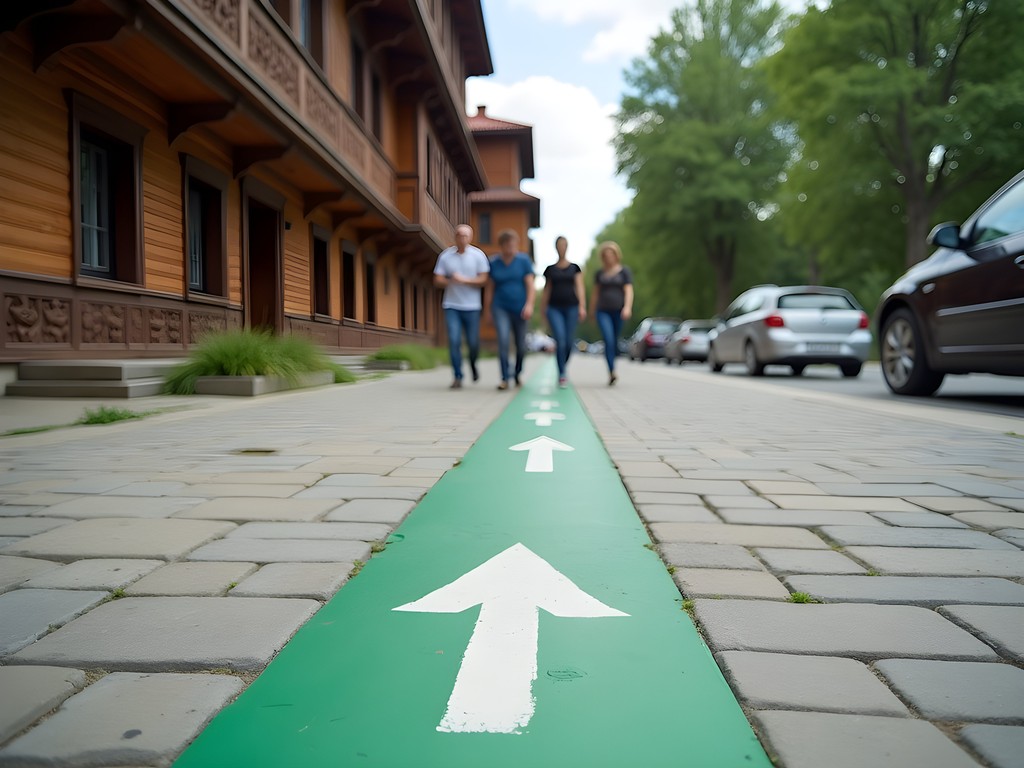
💡 Pro Tips
- Download the free Green Line map from the Irkutsk tourism website before your trip
- The complete route takes 3-4 hours if you stop at each site
- Wear comfortable shoes – Irkutsk's historic sidewalks can be uneven in places
Irkutsk's Markets: Where History Meets Daily Life
No exploration of a city's soul is complete without visiting its markets, and Irkutsk offers several that connect its imperial past to its vibrant present. The Central Market (Tsentralny Rynok) became my go-to spot for affordable meals and cultural immersion.
Unlike the polished shopping malls I've explored from Bangkok to Bucharest, Irkutsk's markets maintain an authenticity that feels increasingly rare. Here, Buryat grandmothers sell homemade pickles next to stalls offering Baikal omul (a local fish delicacy) and pine nuts gathered from Siberian forests.
What fascinated me most was the section selling traditional Siberian herbs and remedies – items that would have been familiar to both the indigenous peoples and the exiled aristocrats who made Irkutsk their home. I purchased small packets of Ivan Chai (fireweed tea) and Siberian ginseng as gifts, appreciating how these natural products connected me to centuries of local knowledge.
The market also offers an excellent budget dining option. For less than $5, I enjoyed a hearty bowl of pelmeni (Siberian dumplings) at a small counter where locals on lunch breaks nodded approvingly at my choice. The vendor, seeing my interest, explained how different families have their own pelmeni recipes passed down through generations.
Nearby, the 130 Kvartal shopping area offers a more curated experience, with boutiques selling everything from Baikal-themed souvenirs to high-quality Siberian wool products. I found a beautiful hand-carved wooden box depicting Irkutsk's architectural elements – a perfect meditation object for my desk back in Toronto.
While exploring these markets, I kept my belongings secure in my anti-theft daypack, which gave me peace of mind while still looking casual enough not to scream 'tourist' as I navigated the crowded aisles and practiced my limited Russian phrases with local vendors.
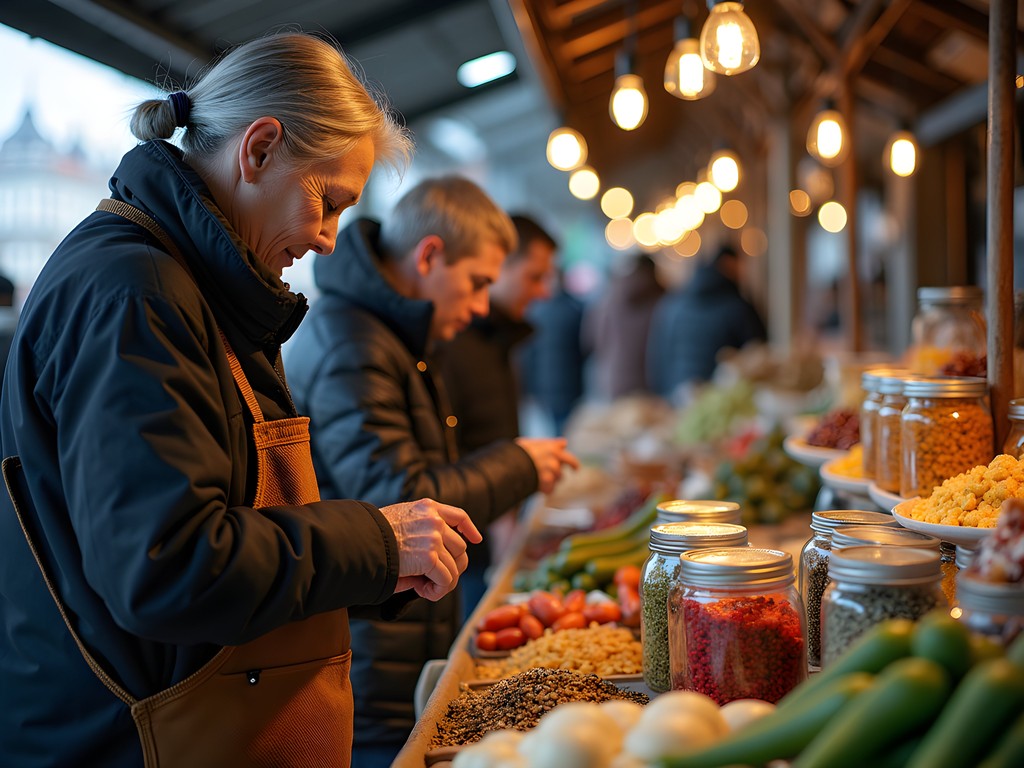
💡 Pro Tips
- Visit markets early morning for the freshest food and most authentic experience
- Try omul fish – a Baikal specialty – smoked or in soup
- Look for products made from Siberian cedar (pine nuts, oils, and crafts) for unique souvenirs
Final Thoughts
As my weekend in Irkutsk drew to a close, I found myself sitting on the Angara River embankment, watching the sunset paint the wooden mansions in golden light. This city, born from exile and frontier spirit, offers a profound lesson in resilience and cultural synthesis that resonates with my own journey as a runner, traveler, and seeker. Irkutsk may not have the name recognition of Moscow or St. Petersburg, but its authentic imperial heritage – accessible on a modest budget – offers something those larger cities sometimes lack: breathing room to absorb history at your own pace. Whether you're tracing the Green Line with your partner or sitting quietly in a centuries-old church, Irkutsk invites you to find your own rhythm in its historical narrative. As the Siberians say, 'The journey is long, but the memories are longer.' I hope you'll create your own along these storied streets.
✨ Key Takeaways
- Irkutsk offers accessible imperial Russian history without the crowds or costs of more famous cities
- The Green Line self-guided tour provides an excellent budget-friendly framework for exploration
- Early mornings and late afternoons offer the best light for photography and a more contemplative experience
- The Decembrist story provides a fascinating lens through which to understand Russian history and resilience
📋 Practical Information
Best Time to Visit
June through August
Budget Estimate
$30-50 per day excluding accommodation
Recommended Duration
2-3 days
Difficulty Level
Easy

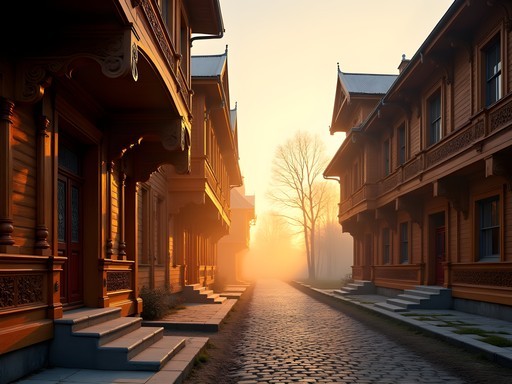
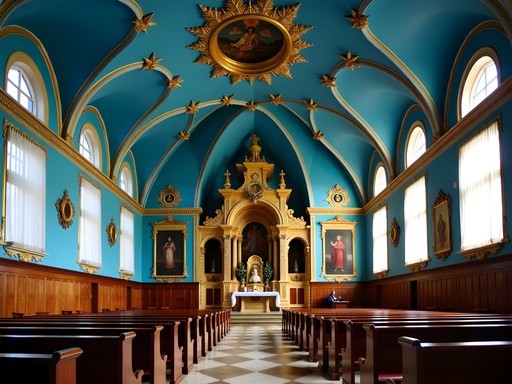
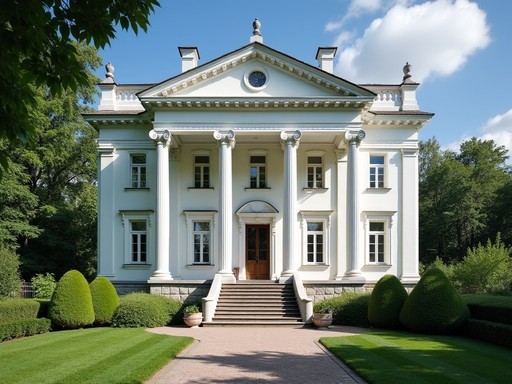
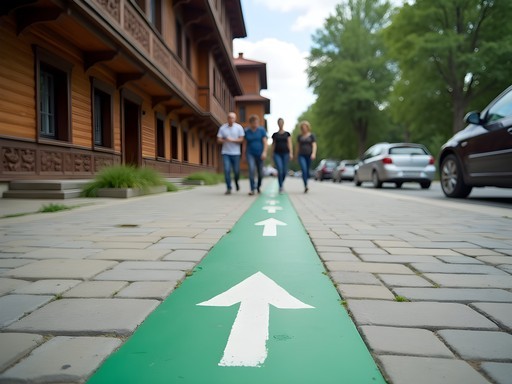
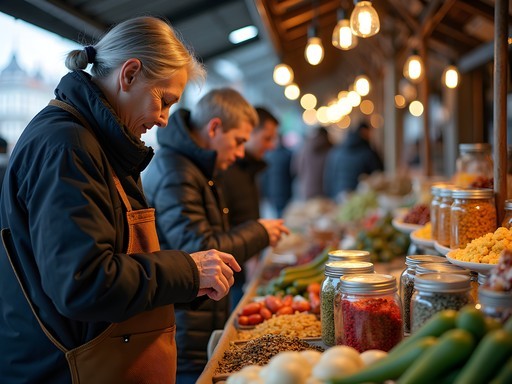









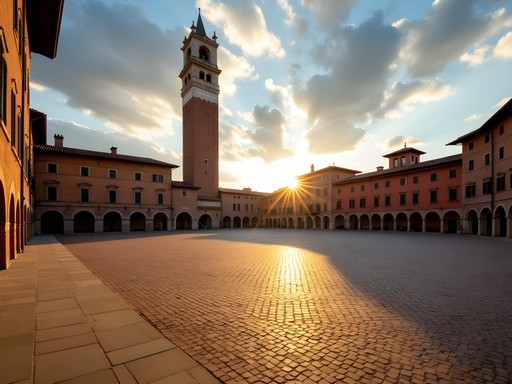
Comments
greenmate
Great post! How many days would you recommend for Irkutsk? Is it easy to get around with just English or is Russian essential?
Nicole Russell
Not Mason, but I'd say 2-3 days is perfect for Irkutsk itself, plus extra if you're visiting Lake Baikal (which you absolutely should!). English is limited but getting more common with younger people. Learning Cyrillic and basic phrases helped me enormously. The Green Line Mason mentioned is great because it's color-coded and you can follow it without language skills!
Mason Sullivan
Thanks Nicole for jumping in! I agree completely - 2-3 days is ideal. I'd add that having Google Translate with the Russian language pack downloaded for offline use was incredibly helpful for reading menus and signs.
Timothy Jenkins
Excellent write-up on Irkutsk, Mason! I'd add that history enthusiasts should also visit the Irkutsk Regional Museum - their collection of artifacts from the Decembrist era provides crucial context to the houses you'll visit. Also, for those following the Green Line, download the 2GIS app (works offline) as a backup navigation tool. The churches are indeed architectural marvels, but note that Epiphany Cathedral sometimes closes unexpectedly for services - best to check opening times at your accommodation. The 130 Kvartal has become quite touristy, but early mornings still offer a glimpse of its authentic charm before the crowds arrive.
happyexplorer
Is it possible to do this walking tour in winter? Planning a December trip and wondering if it's too cold to walk around.
Mason Sullivan
You can definitely do it in winter, but be prepared for serious cold! Temperatures can drop to -20°C or lower. I'd recommend breaking it into shorter segments and warming up in cafes between sights. The churches are even more beautiful with snow around them!
starclimber
I did it in January! It's doable with proper gear. I used my hand warmers constantly and they were lifesavers. The winter light makes for amazing photos of the wooden buildings.
Nicole Russell
Mason, your post brought back so many memories! I spent a week in Irkutsk last summer as part of my Trans-Siberian journey. The 130 Kvartal was such a highlight - I spent hours photographing those intricate wooden carvings! For anyone planning a visit, I'd add that the Angara River cruise at sunset is absolutely worth it. And don't miss the Central Market for local products - I bought some amazing Siberian pine nut oil that I'm still rationing because it's so good! Did you make it to Lake Baikal while you were there?
starclimber
That Green Line walking route is brilliant! We did it last year and it's such a smart way to see everything without getting lost. The Decembrists' houses were my favorite part - there's something so haunting about their story of exile. Did you try any Buryat food while you were there?
Mason Sullivan
Thanks starclimber! Yes, I tried pozi (Buryat dumplings) and they were delicious. The Green Line really is a traveler's best friend in Irkutsk!
hikinglover560
Those wooden buildings look incredible! Never considered Siberia as a travel destination before.
Timothy Jenkins
Irkutsk's wooden architecture is truly one of Russia's hidden gems. I was equally surprised when I first visited!
hikinglover560
Thanks Timothy! Did you go in winter or summer?
Timothy Jenkins
I've been in both seasons! Summer is lovely for walking tours, but winter has its own magic - the wooden buildings look spectacular with snow. Just pack serious cold weather gear if you go November-March!
Gregory Boyd
Mason, your post captures the essence of Irkutsk perfectly. I've visited three times during my Trans-Siberian journeys, and the wooden architecture never ceases to amaze me. For anyone planning a visit, I'd add that the Regional History Museum is worth the entrance fee just for the mammoth exhibit. One tip I'd add: the Green Line is excellent, but some of the most interesting wooden houses are actually scattered throughout residential neighborhoods away from the main tourist areas. I spent an afternoon just wandering the quiet streets north of Karl Marx Street and found some incredible examples that aren't on any tour. The locals were surprisingly welcoming when they saw me photographing their homes - one elderly woman even invited me in for tea! Great post that brings back wonderful memories of Siberia.
luckystar
That's such good advice about exploring beyond the main areas. Did you need Russian language skills for those neighborhood explorations?
Gregory Boyd
A few basic phrases go a long way! 'Beautiful house' (krasivyy dom) and 'may I take a photo?' (mozhno sdelat' foto?) were my most-used phrases. Older folks rarely speak English but are often curious about visitors.
globewalker
Those wooden buildings look amazing! Adding Irkutsk to my Trans-Siberian itinerary for sure.
travelclimber
Great post! I'm planning to visit in winter (January). I know it'll be freezing but I want the authentic Siberian experience. Anyone done the walking tour in winter? Are the paths cleared of snow?
Gregory Boyd
I did this in February a few years back. Absolutely magical with snow on those wooden buildings, but prepare for serious cold! The main paths are usually cleared but bring proper winter boots. The churches look spectacular with snow-covered domes. I used my hand warmers constantly - essential for stopping to take photos when it's -25°C!
travelclimber
Thanks for the tips! Will definitely pack those hand warmers. Did you find most museums and sites were open in winter?
Gregory Boyd
Yes, almost everything stays open year-round, just with slightly reduced hours. The locals are used to the cold! Just check holiday closures around Russian Orthodox Christmas (January 7).
luckystar
This brought back so many memories! I visited Irkutsk last September and also did the Green Line tour - absolute genius for budget travelers! Those wooden buildings in 130 Kvartal were even more stunning with the early fall colors. Mason, did you make it to any of the Decembrist houses outside the main walking area? The Volkonsky House Museum was my favorite with all those personal artifacts. Still kicking myself for not having enough time to see Lake Baikal properly!
Gregory Boyd
The Volkonsky House is indeed a hidden gem! I spent a full hour just examining the letters and personal items. Gives you such a human connection to that period of history.
luckystar
Exactly! Those letters between the wives and their exiled husbands had me tearing up. So much devotion in such harsh circumstances.
Venture X
Premium card with 2X miles, $300 travel credit, Priority Pass